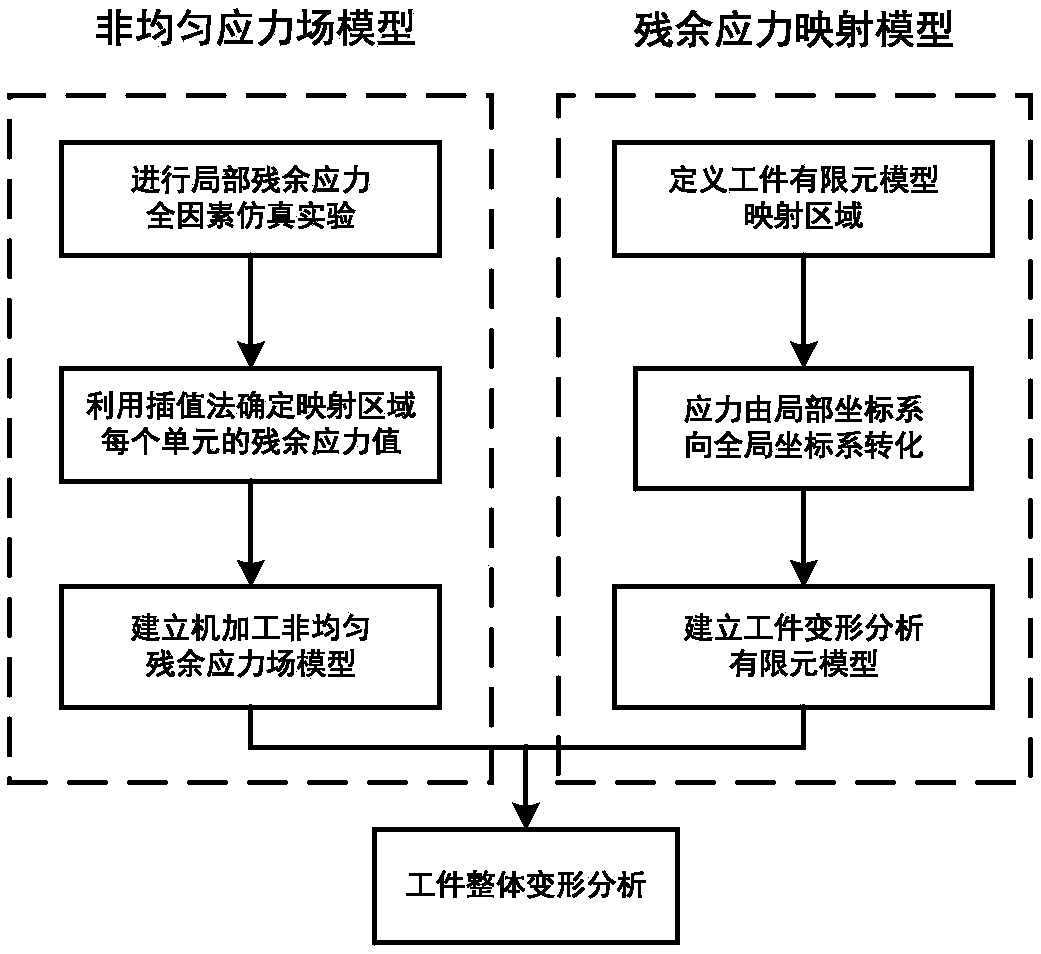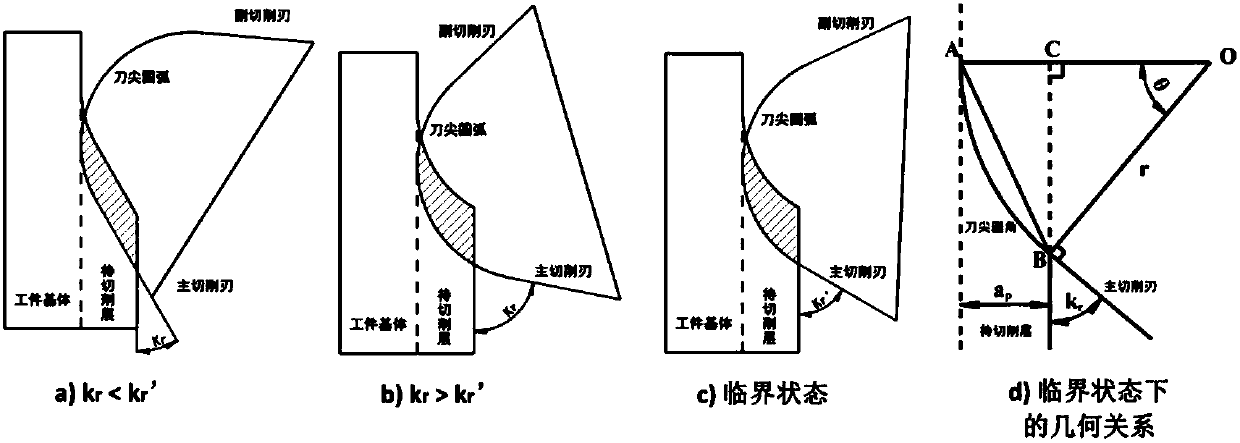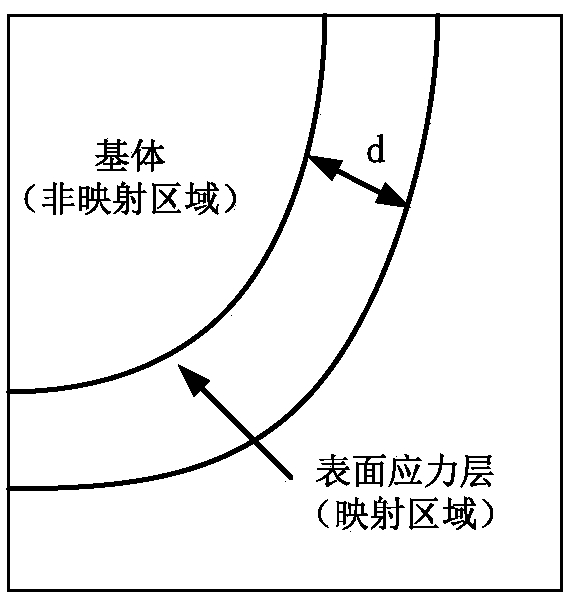Method for predicting turning machining deformation of thin-wall complex curved surface rotating member
A complex surface, processing deformation technology, applied in special data processing applications, instruments, electrical and digital data processing and other directions, can solve problems such as affecting accuracy, non-uniform distribution, etc., to achieve moderate calculation, general requirements, both efficiency and accuracy. sexual effect
- Summary
- Abstract
- Description
- Claims
- Application Information
AI Technical Summary
Problems solved by technology
Method used
Image
Examples
Embodiment Construction
[0046] The specific implementation manners of the present invention will be further described below in conjunction with the accompanying drawings and technical solutions.
[0047] The flow chart of a method for predicting turning deformation of thin-walled rotary parts is as follows figure 1 As shown, the specific implementation process of the present invention will now be described in detail with reference to the accompanying drawings and specific embodiments. It should be noted that the specific embodiments described here are only used to explain the present invention, not to limit the present invention.
[0048] (a) Carry out 2-factor multi-level full factorial test to obtain the residual stress distribution under each combination: according to the given three cutting elements and the shape of the workpiece, determine the two factors of the main deflection angle and the cutting line speed in the actual machining process Variation range; when taking the value of the main de...
PUM
 Login to View More
Login to View More Abstract
Description
Claims
Application Information
 Login to View More
Login to View More - R&D
- Intellectual Property
- Life Sciences
- Materials
- Tech Scout
- Unparalleled Data Quality
- Higher Quality Content
- 60% Fewer Hallucinations
Browse by: Latest US Patents, China's latest patents, Technical Efficacy Thesaurus, Application Domain, Technology Topic, Popular Technical Reports.
© 2025 PatSnap. All rights reserved.Legal|Privacy policy|Modern Slavery Act Transparency Statement|Sitemap|About US| Contact US: help@patsnap.com



